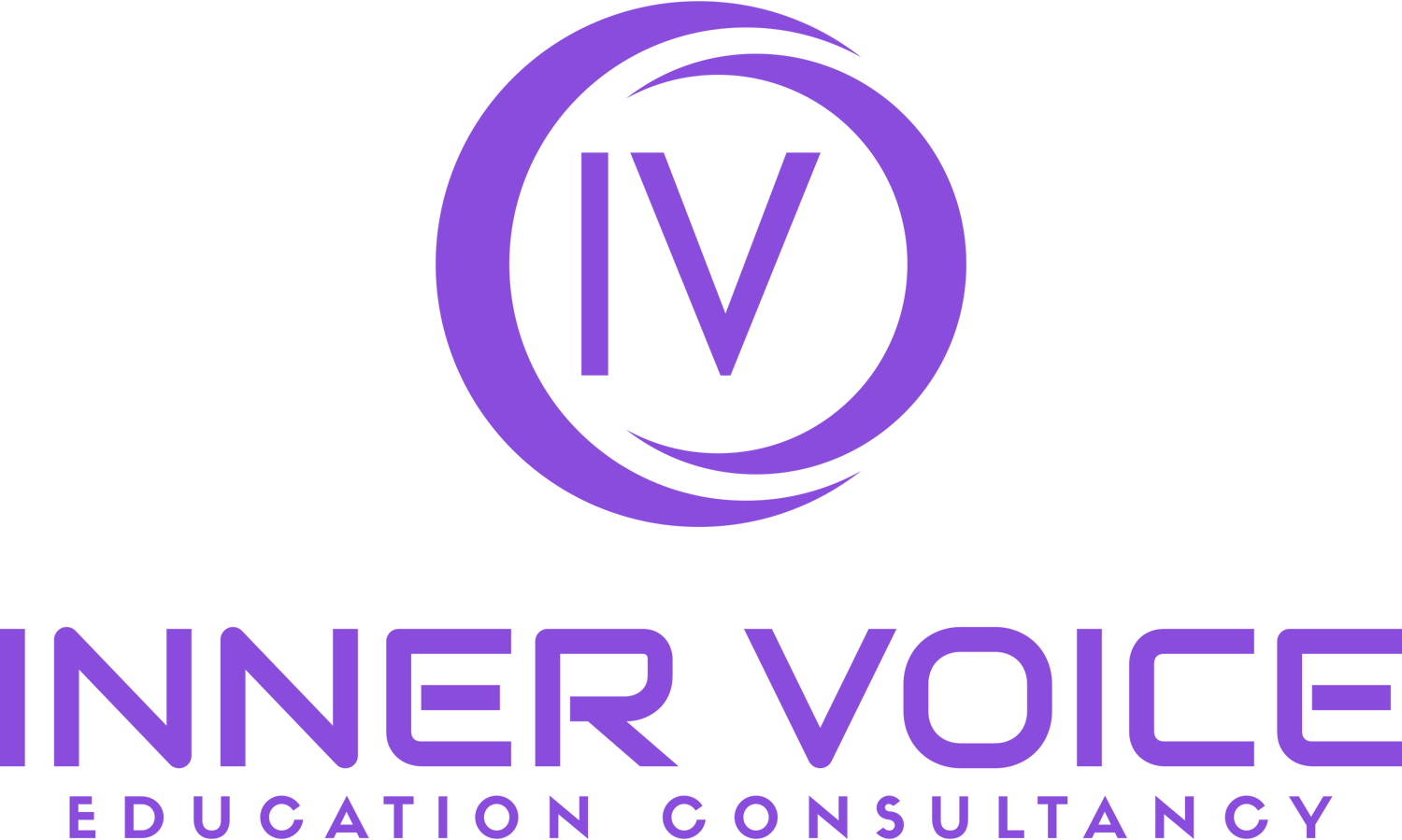
Why take this course?
Dyslexia affects approximately 1 in 10 learners — yet it often goes misunderstood, undiagnosed, or unsupported in schools. Many children experience daily frustration, low self-esteem, or anxiety simply because the system wasn’t built with their brains in mind.
This course was created to change that.
Whether you're a teacher, TA, SENCo or part of a pastoral team, this course will equip you with the scientific insight and practical strategies you need to make a real difference.

What will you learn?
Whether you’re new to the topic or looking to refresh your approach, this course meets you where you are.
This course provides a comprehensive and accessible exploration of dyslexia. You'll develop a deeper understanding of:
- What dyslexia is — neurologically, behaviourally, and emotionally
- The latest research on how the dyslexic brain processes language
- How dyslexia overlaps with other conditions like ADHD and dyspraxia
- The impact of dyslexia on mental health, identity, and classroom experience
- How to identify signs of dyslexia (even when there’s no diagnosis)
By the end of this course, you’ll feel confident in:
- Recognising and responding to dyslexia in your setting
- Using inclusive, strengths-based approaches in your practice
- Advocating for reasonable adjustments and early support
- Creating a learning environment where neurodiverse pupils thrive
What will you take away?
You won’t just learn what dyslexia is — you’ll learn what to do about it.
Leave the course with a practical toolkit you can use immediately, including:
Proven strategies to support reading, writing, memory and organisation
Tools to build emotional resilience and reduce anxiety in dyslexic learners
Easy-to-implement classroom adaptations that benefit all pupils
Ideas for whole-school inclusion and staff training
-
1Introduction
-
2Module 1: Introduction to Dyslexia
-
3Module 2: The Science of Dyslexia
-
4Module 3: The Whole Child Approach to Dyslexia

